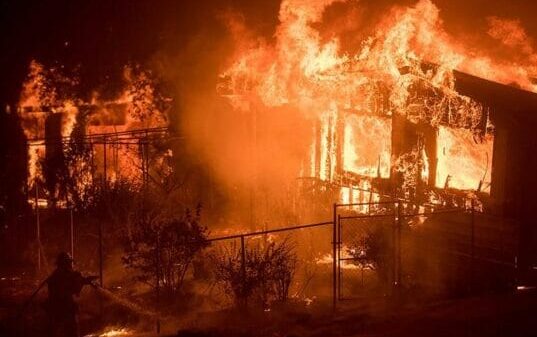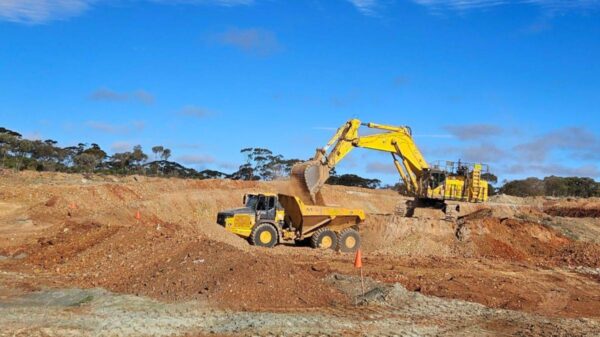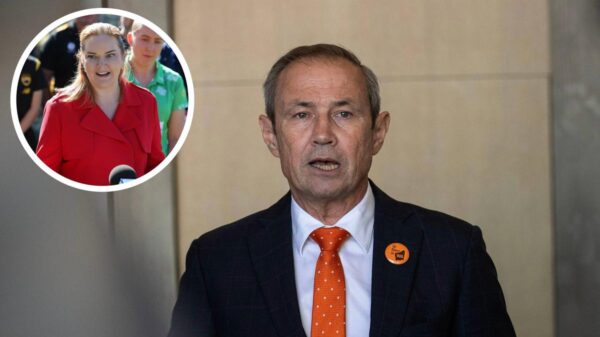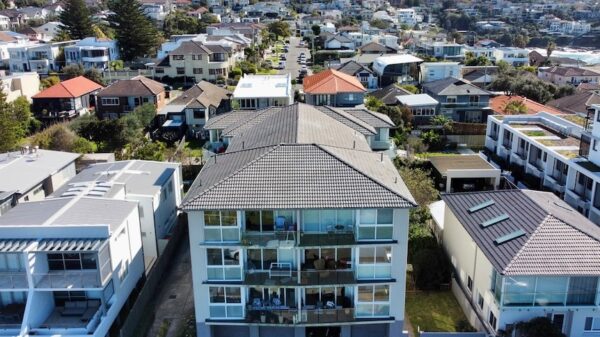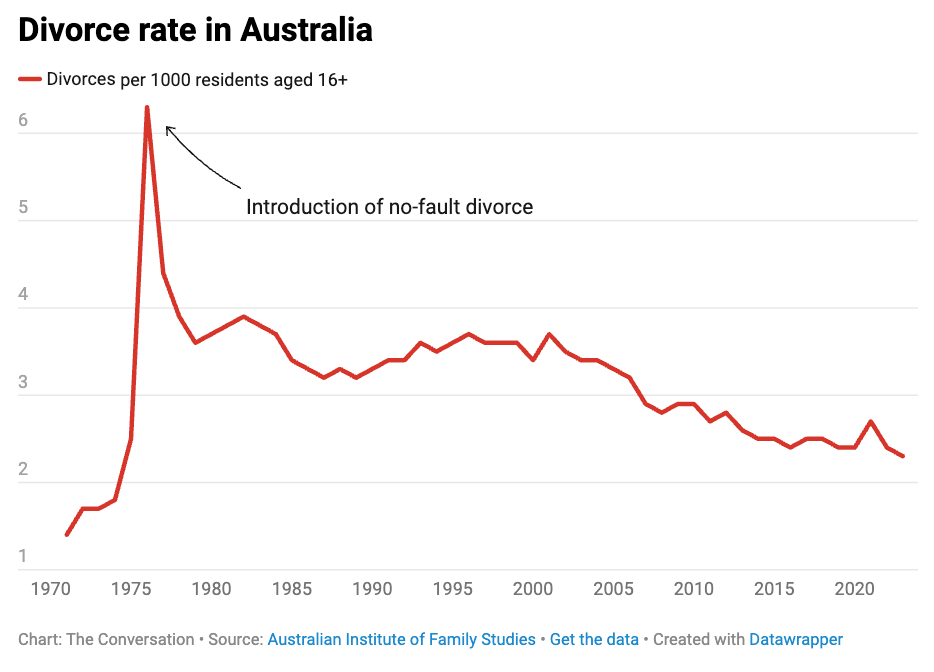House prices in Australia have surged significantly, rising approximately 38% over the past five years, according to recent data. This escalation in housing costs contributes to the ongoing cost of living crisis faced by many households. Alongside rising energy prices, the financial pressure associated with high housing costs is influencing various facets of life, including decisions about marriage and divorce.
As divorce rates in Australia reach their lowest point since the introduction of no-fault divorce in 1976, a complex relationship between soaring housing prices and marital stability is emerging. Historically, economic downturns, such as the recession of the 1990s, saw a spike in divorce rates due to financial strain. However, current trends suggest that even if couples might prefer to separate, the financial implications of divorce are causing many to remain married.
The costs associated with divorce are significant; thus, couples may choose to stay together despite dissatisfaction. Economists note that individuals typically marry when the perceived benefits of partnership outweigh the advantages of remaining single. As circumstances change, including fluctuating housing prices, couples may reassess their situation, leading to decisions about whether to stay married or to separate.
Research indicates that rising house prices can deter couples from pursuing divorce. When housing costs are high, maintaining a single household becomes more financially burdensome compared to sharing expenses within a marriage. As a result, couples may choose to remain married to avoid the increased costs associated with running two separate households.
Despite the burden of high housing costs, there are potential benefits for homeowners in the event of a separation. If housing prices increase, the value of jointly owned assets rises, potentially allowing each partner to secure a more substantial financial settlement upon divorce. This dual effect of housing prices complicates the decision-making process for couples contemplating separation.
Recent research presented at the Australian Conference of Economists in July 2023, conducted by Stephen Whelan and Luke Hartigan from the University of Sydney, explores the impact of unexpected changes in housing prices on divorce likelihood. Their study utilizes data from the Household, Income and Labour Dynamics in Australia (HILDA) survey to assess various factors influencing marital stability.
The findings suggest that couples who share similar traits such as religion, education, and background tend to remain married longer. Conversely, those with divorced parents are more likely to separate. Importantly, the research highlights that unanticipated shifts in housing prices significantly influence divorce rates. For homeowners, a slower-than-anticipated growth in housing prices can lead to an increased likelihood of separation, as the financial penalties associated with divorce appear less daunting.
This research sheds light on a critical social issue: high housing prices may be forcing some couples to remain in marriages they would otherwise end. The impact is particularly pronounced among women with lower education levels, low-income households, and older couples, who may find themselves trapped in unsatisfactory relationships due to financial constraints.
The repercussions of remaining in unhappy marriages can be profound, often leading to negative health and wellbeing outcomes. Initiatives like the Leaving Violence Program, which offers financial support for individuals exiting abusive relationships, highlight the need for policy measures to address the challenges posed by high housing costs.
As Australia grapples with the implications of rising housing prices, understanding their impact on marriage and divorce is crucial. The relationship between economic factors and personal decisions illustrates the interplay between financial stability and emotional wellbeing, emphasizing the need for supportive measures to assist individuals navigating the complexities of marriage in a challenging economic landscape.


